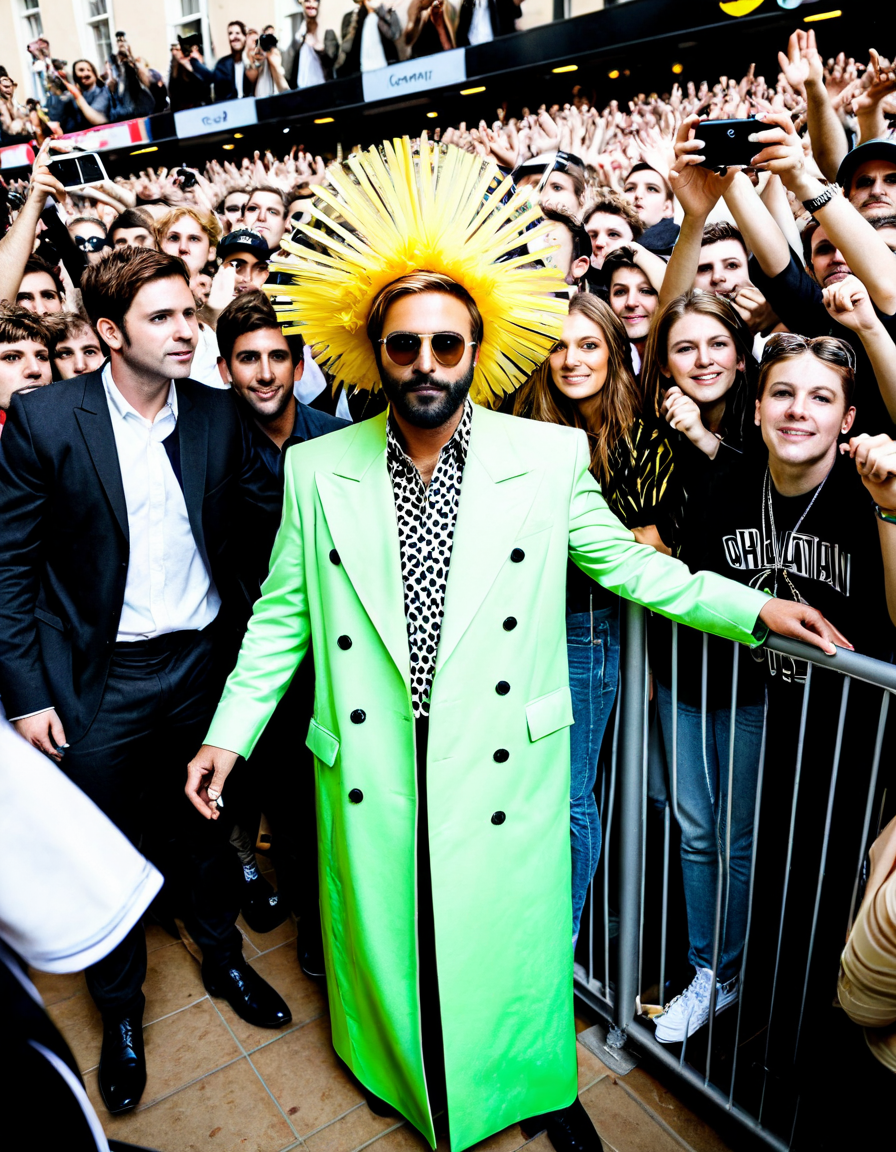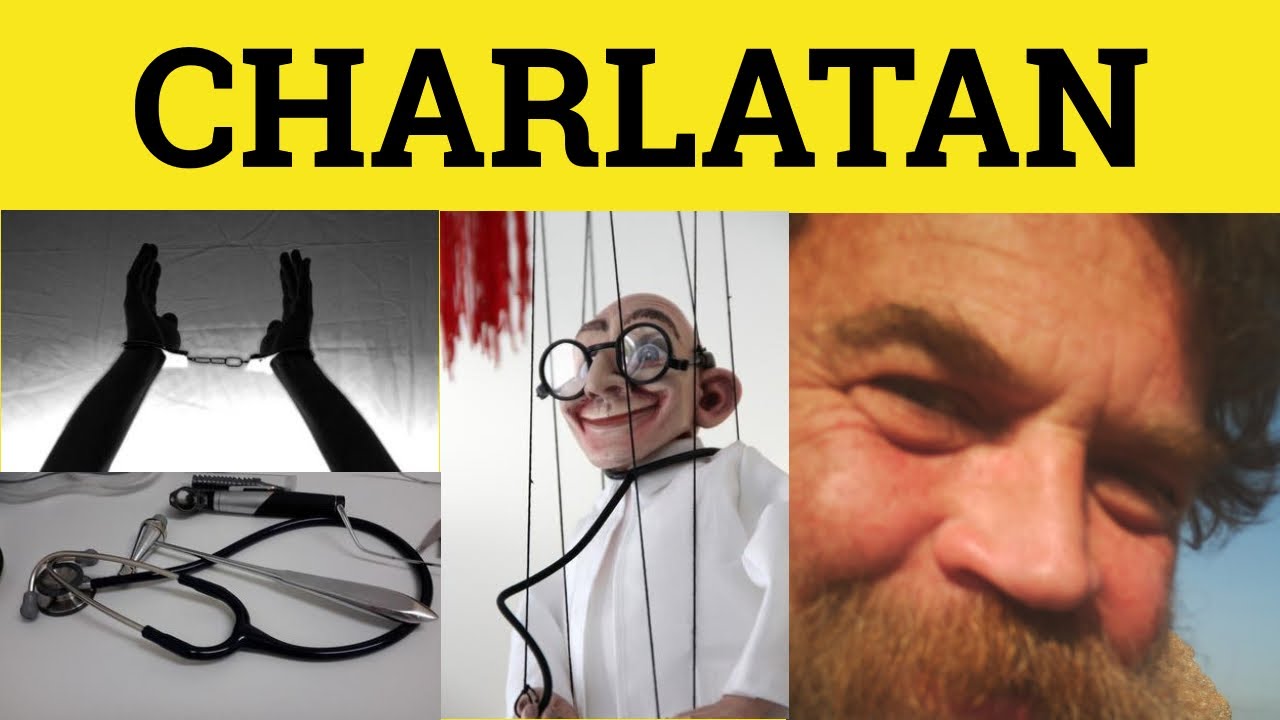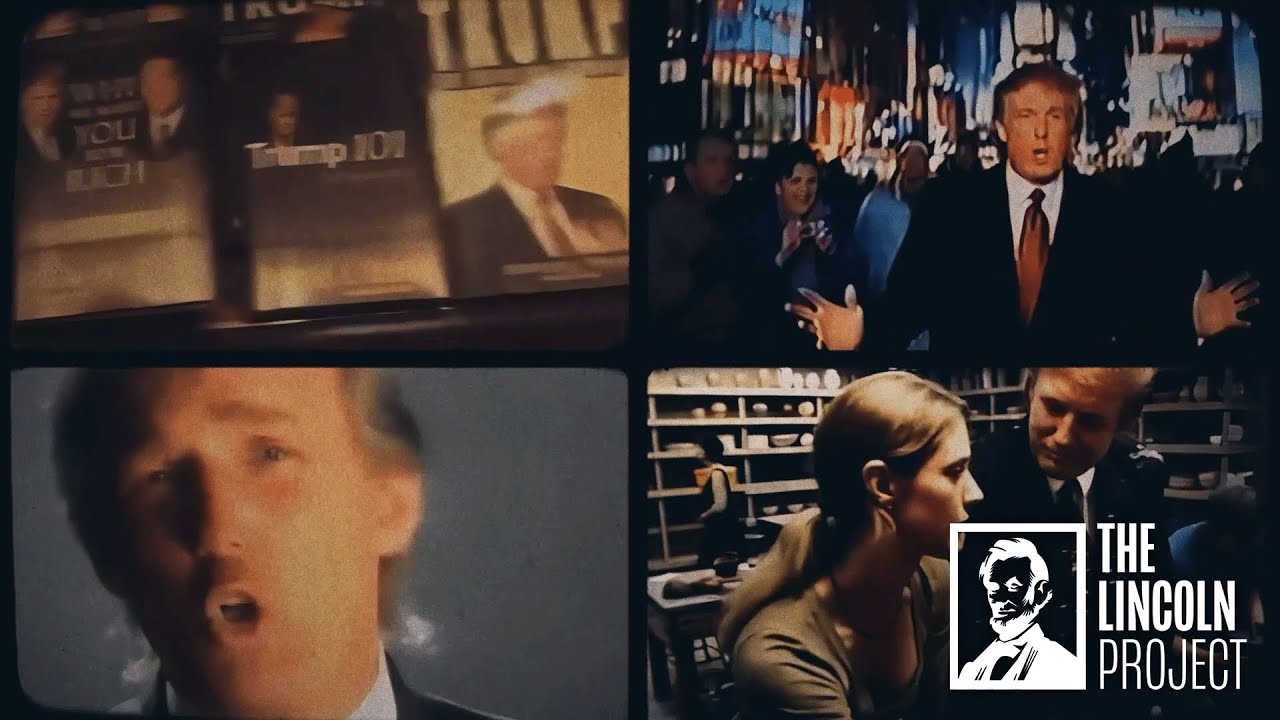In today’s glitzy world of showbiz, charlatans craft a mystique that pulls people in. These charismatic individuals masterfully weave tales that lead us down a rabbit hole, often dazzling us with their charm and audacity—until the truth shakes our beliefs. From big-screen adaptations to reality winners, their stories teach us about deception masked as ambition and the societal fascination with fame.
Let’s peek behind the curtain and explore the deceptive fame of seven notorious charlatans who somehow managed to claim the spotlight, often with skills we’d initially admire. Buckle up, cinema lovers; we’re diving into the wild world of charlatans!
7 Notorious Charlatans Who Became Unlikely Icons
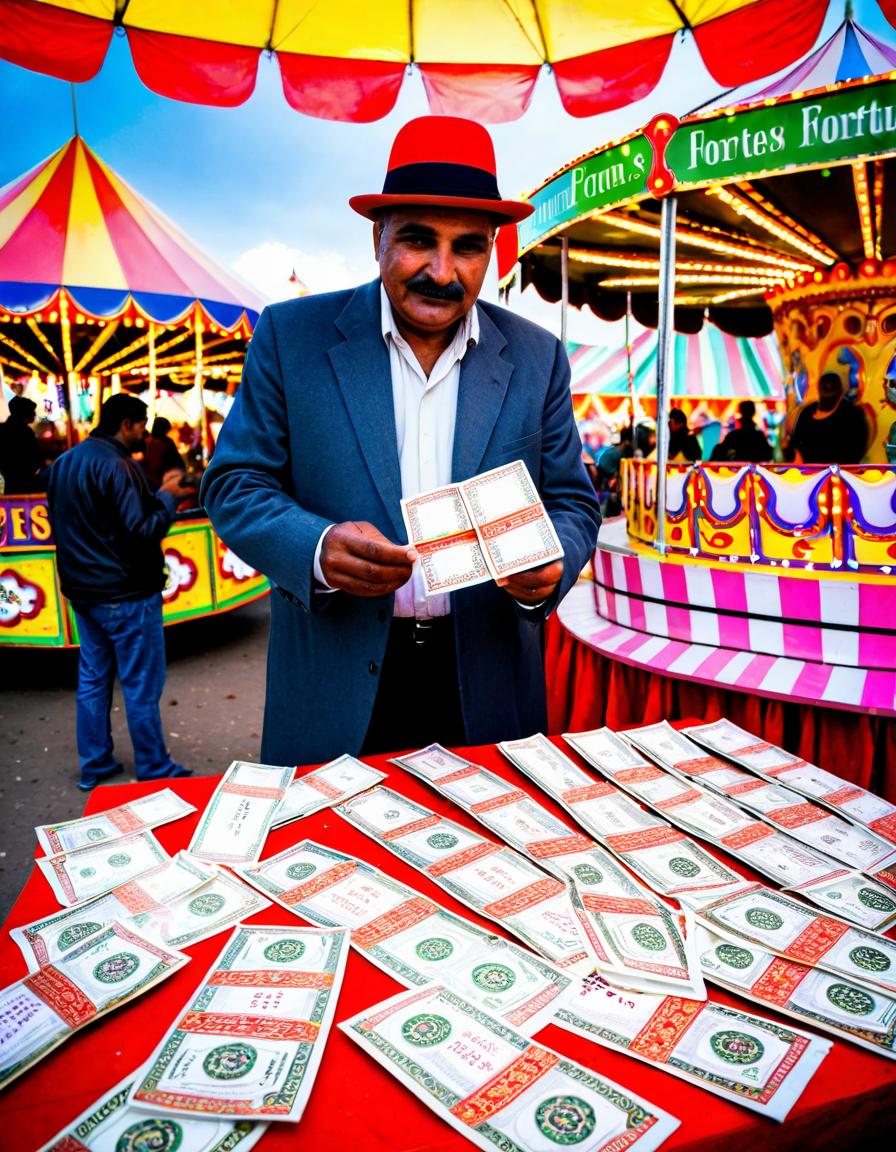
1. Elizabeth Holmes: The Blood-Test Pioneer
Elizabeth Holmes, once labeled the next Steve Jobs, set out to revolutionize blood testing with her startup, Theranos. The promise? A technology that could diagnose conditions with just a single drop of blood. Sounds groundbreaking, right? Unfortunately, this promise crumbled under scrutiny, exposing a fantasy shaped more by ambition than genuine innovation. Holmes became a cautionary symbol of how the glamour of Silicon Valley can sometimes hide a charlatan’s trickery.
2. Frank Abagnale: The Master of Disguise
If you’ve seen “Catch Me If You Can,” you’ve likely marveled at Frank Abagnale’s remarkable escapades. Posing as a pilot, doctor, and lawyer, Abagnale managed to stay one step ahead of law enforcement, charming his way through life under false pretenses. His story gives us a glimpse into the power of a well-tailored personal brand, even when built on a foundation of deception.
3. Anna Sorokin: The Faux Heiress
Anna Sorokin, who called herself “Anna Delvey,” pulled off an elaborate con, posing as a wealthy socialite in New York. She scammed the elite, promising luxury while living a lie. This captivating narrative showcases how a fabricated identity can draw in both admirers and investors, revealing a society ready to accept glitz over authenticity.
4. James Frey: The Fabricated Memoirist
James Frey mistook the bounds of storytelling when he penned “A Million Little Pieces.” Marketed as a memoir, it came crashing down when many events were exposed as exaggerated or downright fabricated. His fallout opened up intense conversations about authenticity in literature and the line between truth and creativity, prompting readers to ask: how real is real?
5. David Icke: The Lizard King
David Icke might not be a conventional charlatan, but his claims about shape-shifting lizard people ruling the world reel in countless followers. Riddled with conspiracy theories, his allure lies in the bizarre, captivating minds that seek something more than the mundane reality. His persistent popularity shows how the most outlandish ideas can sometimes attract the most devoted audiences.
6. Billy McFarland: The Fyre Festival Fraudster
Ah, the infamous Fyre Festival! Billy McFarland turned a fantasy of a luxury music festival on a private island into a nightmare for thousands. With sleek marketing and a glitzy social media campaign, he promised an unforgettable experience but delivered chaos instead. This tale is a stark reminder of the dangers of unchecked ambition in the era of influencer culture.
7. Rachel Dolezal: The Race Identity Controversy
Rachel Dolezal became a household name when it was revealed she, a white woman, identified as Black and led the Spokane NAACP chapter. Her story sparked intense conversations around race, identity, and cultural appropriation. Dolezal’s case invites us to navigate the complexities of authenticity in modern society, challenging our perceptions of race and identity with every twist.
The Vagabond’s Toolkit: Tactics Utilized by Modern Charlatans
Charlatans are more than just talented liars—they wield a special toolkit designed to charm and deceive. Let’s take a look at some tried-and-true methods these vagabonds use to sway their audience.
1. Charismatic Storytelling
There’s a certain magic in storytelling, and charlatans have perfected this art. Their ability to evoke emotion helps to weave narratives that capture attention, making their scams feel believable. Each charismatic story is a carefully crafted spell, enchanting listeners and building bridges of trust that often break down when the truth is revealed.
2. Exploiting Vulnerability
Charlatans are opportunistic. They prey on human vulnerabilities, craftily offering solutions to pressing problems—whether it’s a health scare or a financial crisis. For instance, during Holmes’ rise and fall, many believed in Theranos because they desperately wanted a miracle cure.
3. Creating an Illusion of Success
Creating an illusion is easier than it seems, especially with social media at play. These individuals sculpt a false image of success that can be hard to ignore. For instance, Holmes boasted about high-profile partnerships, drawing attention even when the technology behind her claims stood on shaky ground.
4. Manipulating Media Narratives
Charlatans are media maestros. They know how to play the press, crafting their public personas while burying discrepancies. Their savvy in using social media to create a captivating persona obscures the reality beneath the surface, allowing them to thrive.
5. Leveraging Fear and Authority
Fear can be a powerful motivator. Charlatans manipulate this fear—whether it’s the fear of missing out or the fear of social judgment—to engage compliance. By presenting themselves as credible authorities, they offer a deceptive sense of security to their victims, cleverly steering conversations and decisions.
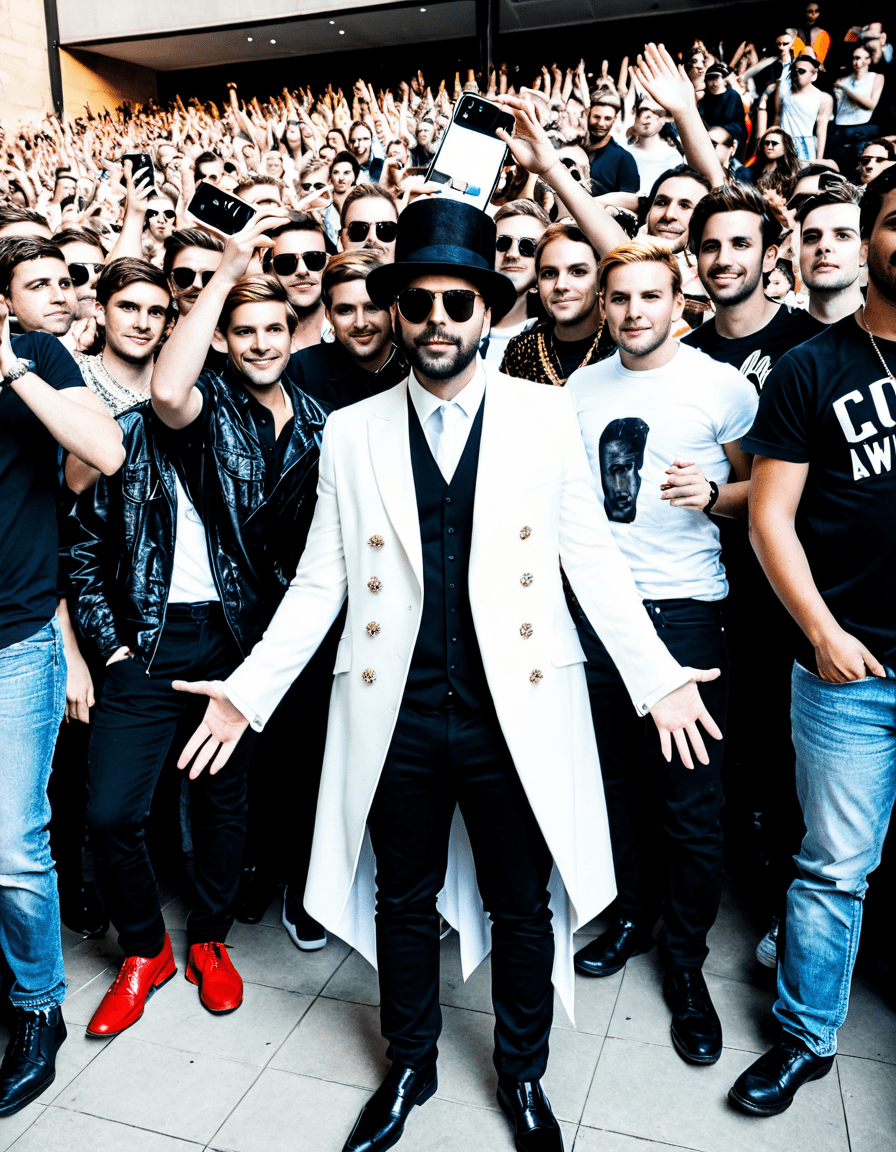
Lessons Learned: Unmasking the Charade
At the end of the day, the stories of these charlatans remind us of the delicate balance between ambition and authenticity. In a culture where curated realities often overshadow truths, these tales serve as both entertainment and caution.
As we immerse ourselves in the mesmerizing world of film and celebrity, we must remain vigilant against the allure of deception. Whether it’s a compelling plot twist in The Irishman or the absurdity of George Santos’ cameo appearances, the narratives spun by charlatans make us question the fabric of our reality. Their stories reveal not just their flaws but reveal our cultural vulnerabilities, nudging us to seek genuine connections in an increasingly curated world.
So next time you spot a charlatan, remember: the dizzying heights of deception might just be a façade hiding the truth. Let’s embrace our love for cinema while keeping our eyes peeled for the real deal—because, in the end, authenticity shines brighter than any carefully curated story.
The Charlatan: Unmasking Deception Behind Deceptive Fame
The Life and Times of a Charlatan
The term “charlatan” often evokes images of flashy con artists and dubious showmen, but the historical landscape is far richer. Take Bing Russell, for instance. He started his career in television but later turned to minor league baseball, showcasing that even a charlatan can surprise us with their versatility. When actors take the plunge into sports, it’s like watching a shell game—just when you think you’ve got it all figured out, they hit you with a curveball!
Another interesting angle arises when you consider charlatans in Hollywood, where deception often goes hand-in-hand with stardom. Sidney Poitier made waves not just for his acting prowess but for challenging stereotypes in an industry ripe with facades. His rise is a counter-narrative to those who deceive for fame. In a world where glitz and pzazz overshadow substance, Poitier stands out as a beacon of authenticity.
The Trickery of Fame
Speaking of authenticity, the art of the charlatan is also alive and well among celebrities who trade on their personalities. For example, Shailene Woodley And her eco-conscious activism sometimes draw skepticism. Is it genuine, or just a smart PR move? It’s fascinating how fame and credibility can sometimes be a fine line, blurring the skirmish between sincerity and superficiality. Yet, not every actor comes across with such integrity; I’ll call out Donnie Brasco because his real-life story about infiltrating mafia ties reveals a kind of deception that hits hard—sowing distrust while masquerading as a friend.
And who could forget the infamous George Santos cameo? His rise from obscure politician to viral sensation shows how charlatans can thrive in the spotlight, leaving a trail of controversy in their wake. The entertainment world offers a raucous mix of talent and trickery, reminiscent of the Star Of India, where the glimmer of gemstones conceals shady dealings. Just like Arsenal Bayern clashing on the field, the tug-of-war between authenticity and facade is a captivating spectacle you can’t help but watch.
The Legacy of the Charlatan
The legacy of the charlatan continues to evolve, making them both intriguing and alarming. Interestingly enough, the fascination with their stories often leaves the audience spellbound, wanting more even while understanding the danger behind those glitzy personas. It seems that in every story, there’s a sprinkle of truth wrapped in a shiny veneer. Whether we’re talking about actors who moonlight as activists or politicians stepping onto the stage, the allure of deception remains a powerful force in the tapestry of modern fame.
